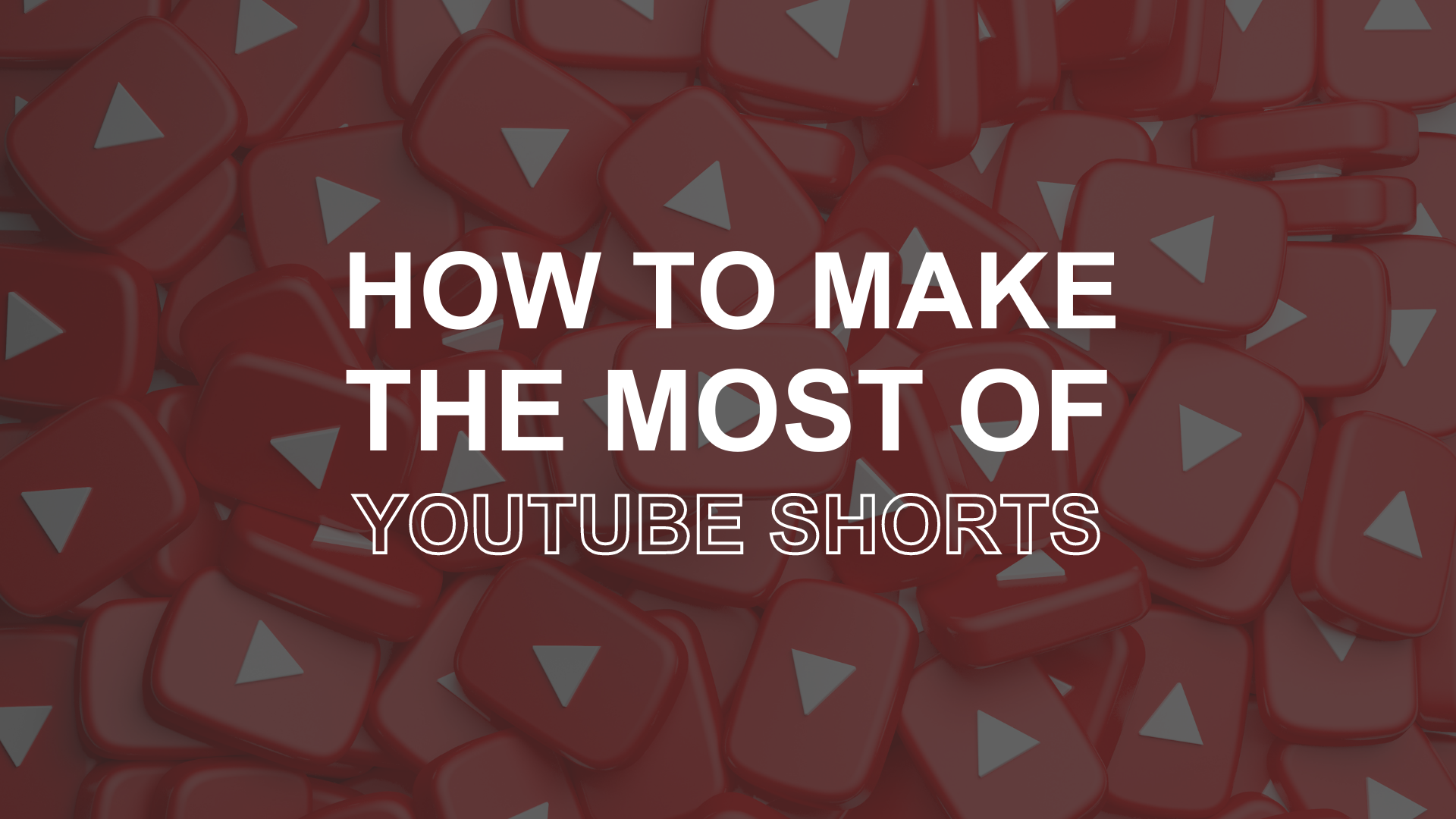YouTube Shorts and it’s place in advertising

by JARED GIFFORD | Published on July 6th, 2022
YouTube Shorts launches Advertising Options
Launched globally back in July last year, YouTube Shorts has become a significant focus for the platform’s development in a world where competition from TikTok and Instagram for short-style video content is taking the prime time in the social media market.
At the time of Short’s soft launch in India (September 2020), TikTok was thriving in the middle of a pandemic and reaching over 200 million active users with a platform that showed similarities to Vine, a platform which was quickly killed off by it’s parent company; Twitter. Despite this, YouTube Shorts has become increasingly popular, generating 15 billion global daily views in the summer of 2021 and therefore positioning itself as a platform that could provide advertisers with the vast reach seen on contending platforms.
Fast-forward to May 2022, and Video action campaigns and App campaigns are gradually rolling out on YouTube Shorts, providing placement opportunities for advertisers. In a world of mobile-first, interactive video content, this comes at the right time and allows those who have been used to YouTube’s traditional 16:9 aspect ratio, to transform their ads from the desktop into the hands of the vertical scrollers.

Recent feedback from their tests of advertising on shorts has provided positive results. A report in Bloomberg via Alphabet’s earnings call from the SVP & Chief Business Officer cited “While it’s still early days, we’re encouraged by initial advertiser feedback and results”.
With that in mind, how can advertisers and brands make the most of this new placement?
Repurpose existing video content:
Advertisers are already making use of short-form video content advertising with the likes of TikTok and Instagram Reels. Whilst these are generating positive results, utilising new placement opportunities provided by platforms can deliver cost-effective results due to a lack of competition. Make use of the video content you’ve already created in 9:16 ratios and deliver them across YouTube shorts.
Make use of YouTube’s contextual targeting advancements:
Unlike other platforms, YouTube and the Google’s Ad network has really led the way in terms of advertising in a cookie-less world. Many advertising platforms are still reliant on cookies and interest-based targeting that will become limited in the future, but Google provides alternative options. With keyword targeting and it’s recent Dynamic Lineups, you can run video advertising through YouTube that reaches audiences based on what they’re looking at, rather than what cookies suggest they’re interested in. This is a great way to deliver ad content based on topics.
Use the new placement to drive low-cost traffic.
New placements and platforms usually come with considerably less competition as advertisers do not know they can advertise through their system. As a result, those quick to jump on the new advertising opportunity often benefit from lower CPCs, this was seen significantly in the early days of the TikTok advertising platform.
In Conclusion
Whilst YouTube Shorts may seem like a carbon copy of rivals such as TikTok and Instagram Reels, they provide a significant opportunity for advertisers in a market that has a clear reachable audience.
